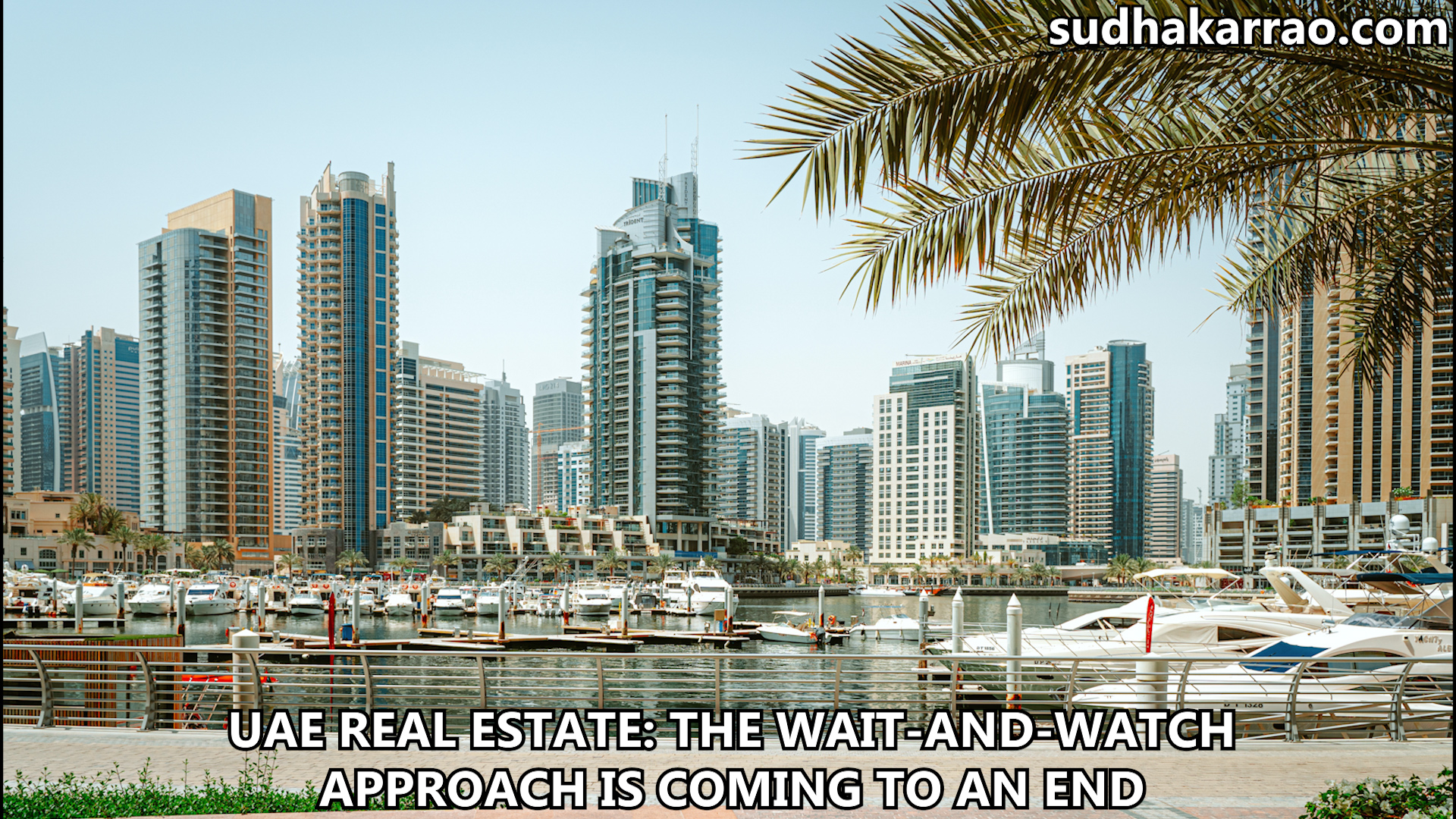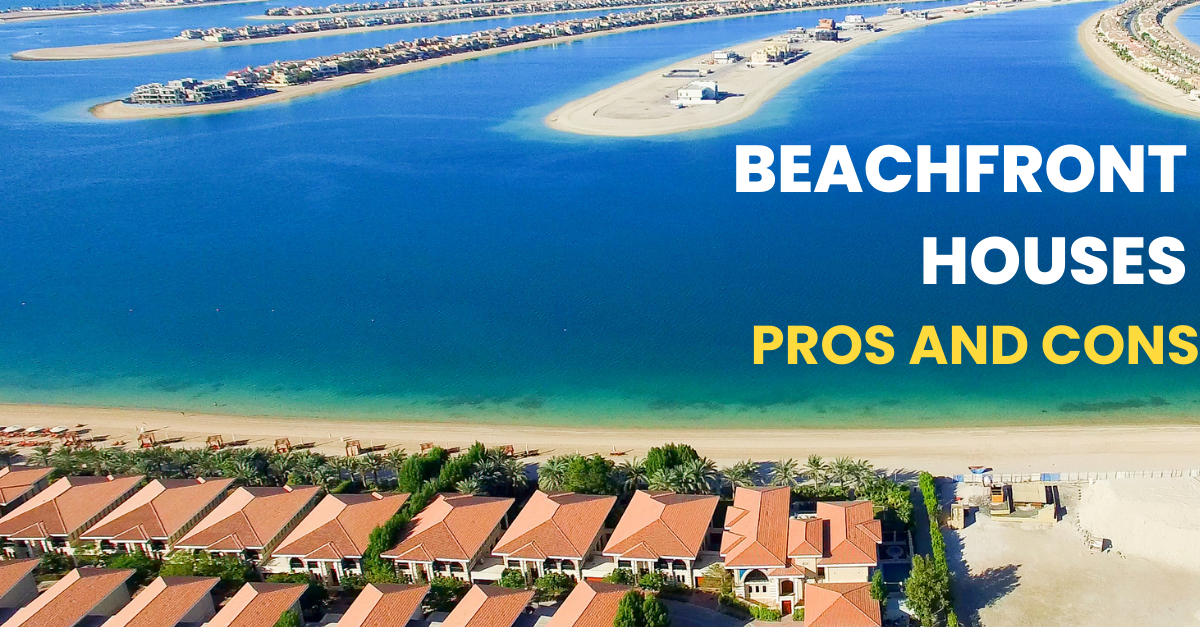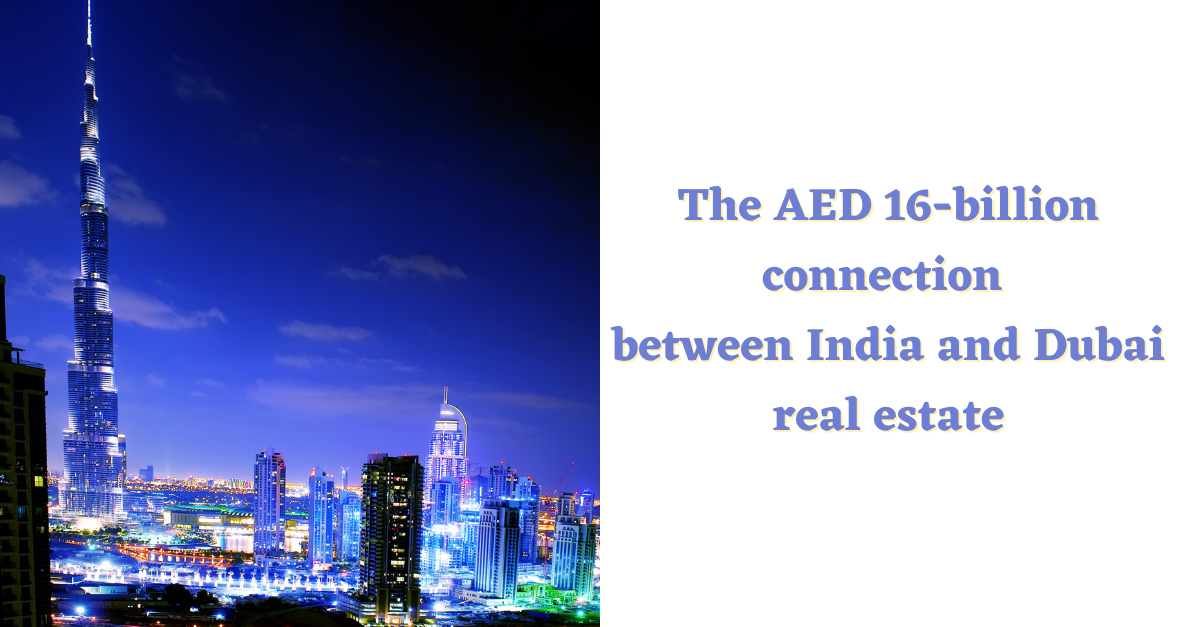UAE real estate: The wait-and-watch approach is coming to an end
‘Real estate investors take a wait-and-watch approach’, ‘real estate investors are sitting on the fence’, ‘property markets wait out the pandemic storm’ — such headlines have been commonplace in the media for a year. Lately, however, a few economies have managed to extract themselves from such downbeat discourse, due to their effective pandemic response, vaccination success and policy interventions. The UAE is the foremost among them.
This was substantiated by the IMF recently, in its latest World Economic Outlook report for 2021, where UAE’s GDP growth forecast has been revised from the previous 1.3 percent to a whopping 3.1 percent. This higher-than-expected growth has a key real estate aspect, since the sector typically accounts for nearly 40 percent of UAE’s GDP growth. The IMF report therefore lends credence to the end of wait-and-watch approach in UAE real estate.
Rising sales
According to the official estimates by the Dubai Land Department (DLD), the month of January witnessed 6,638 property transactions — highest for a single month since March, 2017. The total valuations of the transactions stood at AED 29.4 billion — highest for a single month since January, 2018. More interesting is the fact that, in January and February, 3,036 new investors entered the market, representing 62 percent of all investors. Experts believe affordability to be the primary driver behind increasing sales, along with changing perception of Dubai, from a work-and-leave city to a career-and-home city.
Record-breaking mortgage transactions
January 2021 also witnessed 3,007 mortgage transactions, which is the highest number of mortgages in a single month. The corresponding valuation stood at AED 20.9 billion — highest since October, 2016. These promising numbers were driven by a confluence of government-helmed initiatives, including slashing of interest rate by 50 basis points (highest in a decade), raising of loan-to-value ratio by an additional 5 percent for first-time homebuyers, increasing the maximum exposure that banks can have to the real estate sector from 20–30 percent, and allowing “important” banks to utilize more than 60 percent of capital buffer — all part of the Dh-126 billion economic stimulus package.
Sustained market forces
The market is tilted in favor of buyers, as supply is expected to increase significantly this year. Abu Dhabi is expecting 15,000 residential units in 2021, with Dubai expecting around 41,500 units. In such “buyers-market” conditions, one can expect affordability, flexible payment terms and value for money throughout the year.
Such positives extend to rentals too, with tenants looking for bigger, value-centric upgrades. Experts believe that, as economic activity resumes to pre-pandemic levels, rental markets will see increased relocation activity. As far as new entrants are concerned, the demand is mostly from companies contracted with Expo projects, and from MNCs setting up shop in the UAE following the full-ownership law. The new influx of foreign nationals could bode well for the future of real estate, with many expected to extend their stays and avail homeownership-based options, like Golden Visas.
At this juncture, however, the cause for optimism stems entirely from UAE’s successful pandemic management, ahead of leading global markets. Combined with other demand-side factors, like the upcoming Expo and UAE’s 50-year anniversary events, the real estate market is poised for sustained growth in 2021, which might even lead to the end of the wait-and-watch approach, which many major real estate markets are currently grappling with.




